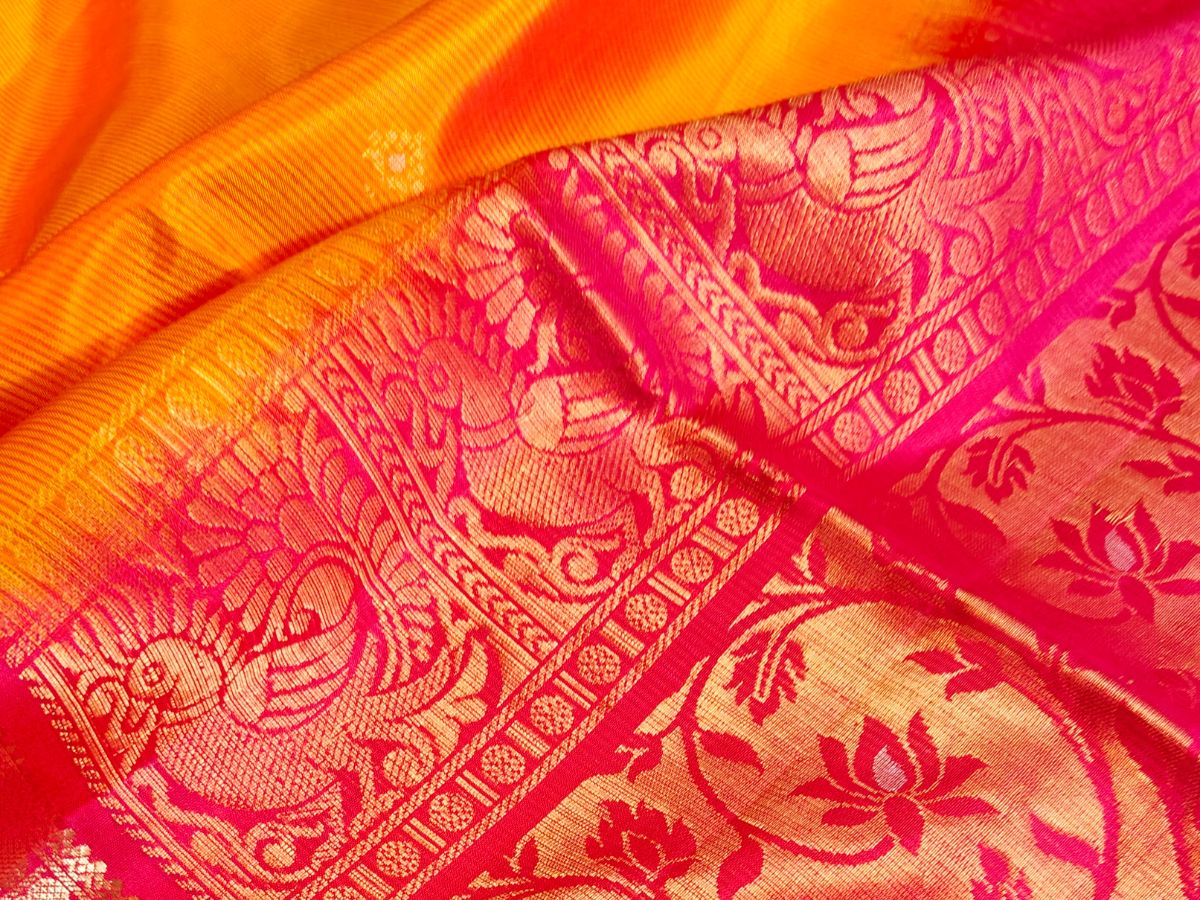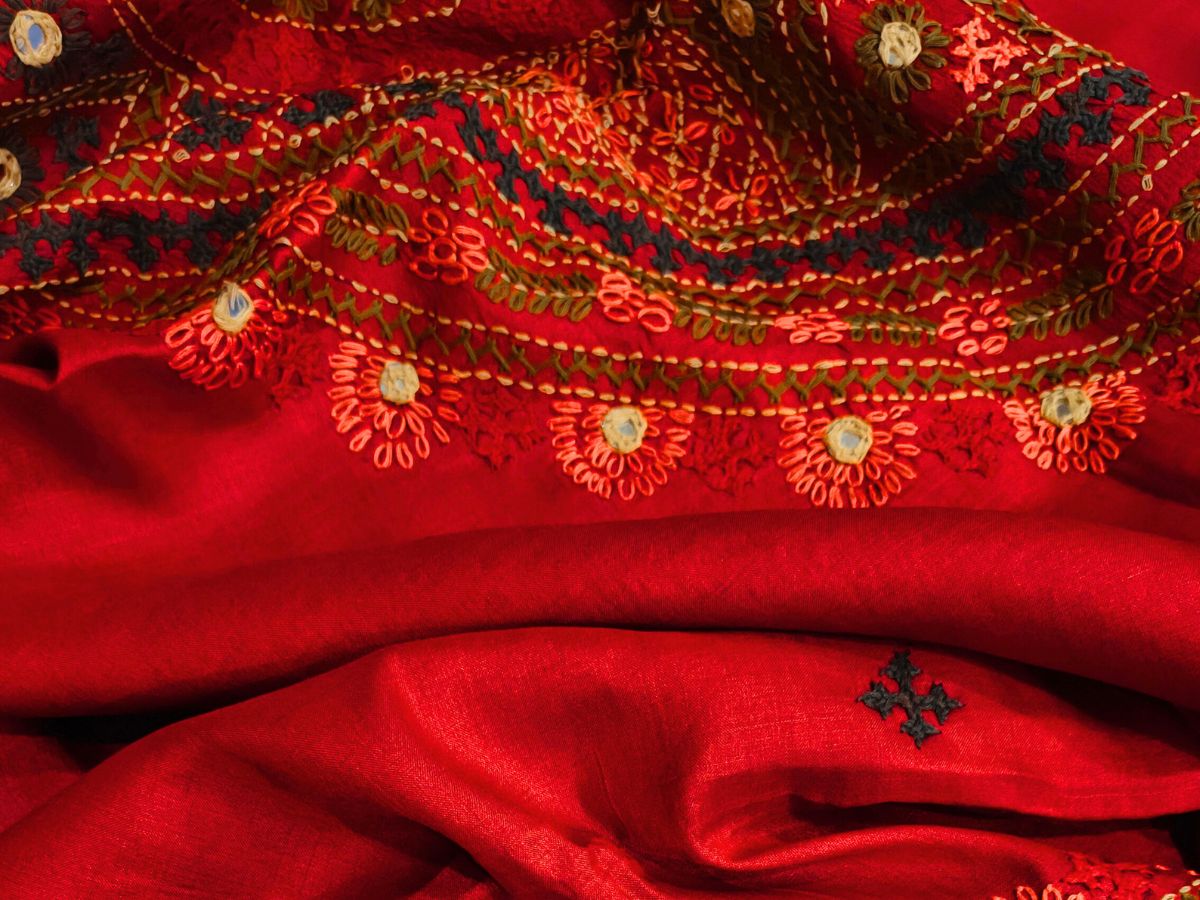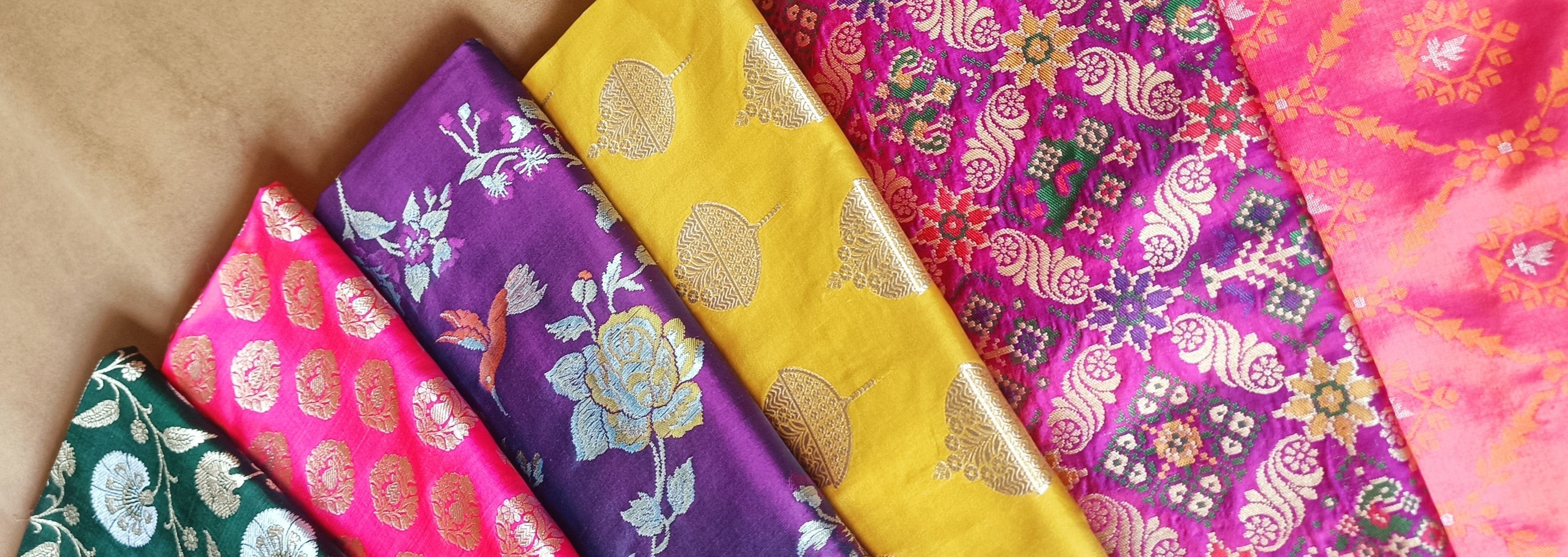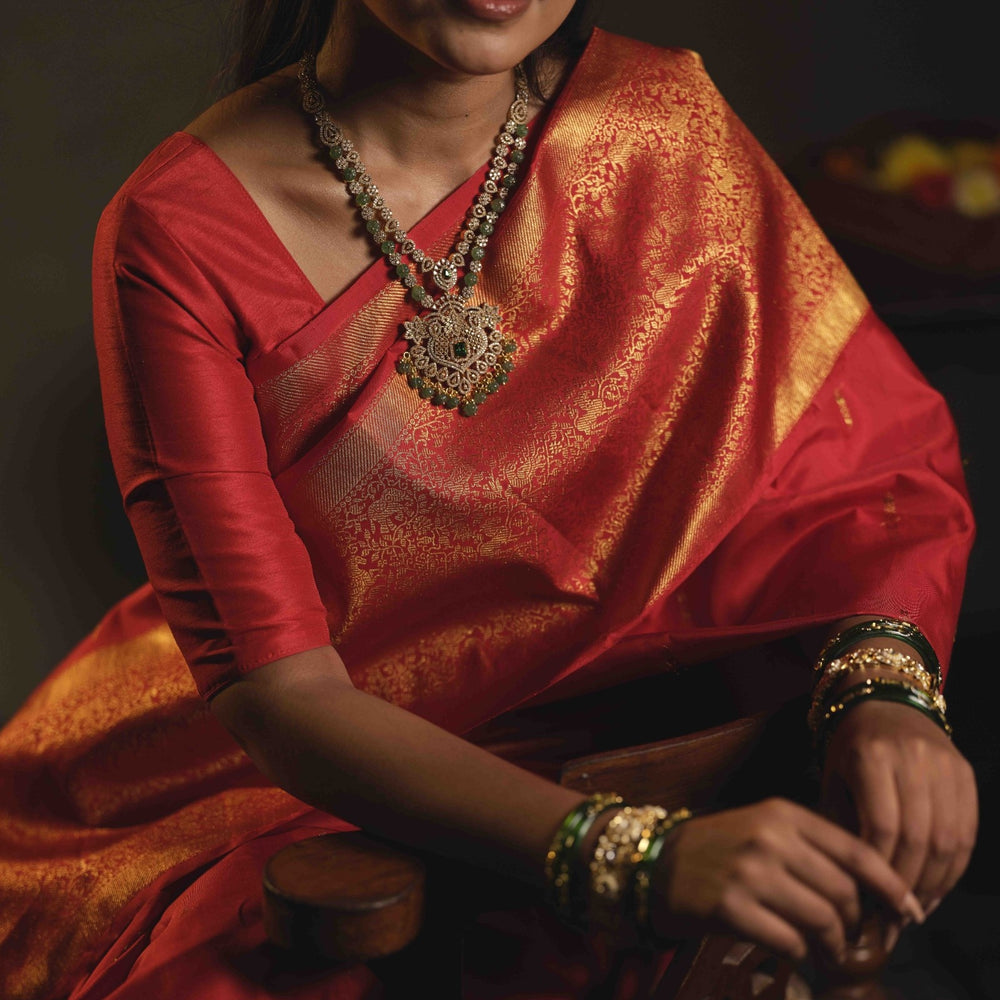What is Ikat? The Ancient Art Behind Your Favourite Sarees
What is Ikat? The Ancient Art Behind Your Favourite Sarees
There’s something magnetic about Ikat. Maybe it’s the geometry. Or the deliberate blur. Or how every saree seems to hold within it a rhythm- a syncopated dance of colour, weave, and tradition. The art of Ikat is ancient, yes. But it is also fiercely modern, bold, and full of spirit.
Let’s unravel why handloom ikat sarees continue to enchant saree lovers across generations—and how this vibrant craft has evolved to become a part of bridal trousseaus, trend-forward wardrobes, and sustainable fashion conversations today.
The Roots of Ikat: Where Craft Becomes Culture
The term Ikat comes from the Malay-Indonesian word mengikat, meaning to tie or bind. The technique involves resist-dyeing the threads before weaving, creating patterns that are meticulously planned but full of artistic spontaneity.
India boasts multiple centers of this craft, each known for its distinct aesthetic. One of the most beloved variants is the Pochampally ikkat saree, woven in the village clusters of Telangana and Andhra Pradesh. With its striking geometric patterns and precision-led process, Pochampally Ikat is a registered GI (Geographical Indication) and a staple in the repertoire of traditional Indian textiles.



From the fluid diamonds of Odisha to the angular motifs of Gujarat’s Patola, traditional ikat designs vary greatly- yet all of them carry a handmade soul.
Types of Ikat Sarees: From Cotton to Bridal Silks
Across India, you’ll find several types of ikat sarees, each with regional quirks in both design and technique. Pochampally is known for its precise double Ikat and its palette of reds, blacks, whites, and yellows. Odisha’s Ikat, or Bandha, leans into curvilinear motifs—floral vines, birds, and temple borders. Patola from Gujarat is possibly the most intricate, woven with painstaking symmetry.
So which is better—cotton or silk ikat sarees?
It depends on what you’re dressing for. Cotton Ikats are breathable and ideal for day wear, office dressing, or summer weddings. Silk Ikats, on the other hand, add richness and drape—perfect for festive occasions and contemporary bridal looks.


Explore Silk Ikat Sarees Browse Cotton Ikat Sarees
Bridal Appeal: Ikat in the Spotlight
Traditionally associated with artisanal wear, Ikat sarees have undergone a striking transformation in recent years. Today, traditional ikkat sarees are proudly worn by brides for mehendi, haldi, and pre-wedding celebrations.
Popular ikat saree patterns and designs—chevrons, broken stripes, diamond grids—are being woven into silk bases with jewel tones, elevating the look from craft to couture.
Looking for an offbeat bridal option that’s bold yet rooted in tradition? An Ikat saree might just be your perfect pick.
Styling Ikat Sarees: Craft Meets Contemporary
The boldness of Ikat sarees makes them an easy canvas for experimentation. Styling tip: pair your saree with a sharply tailored blouse in velvet, raw silk, or khadi for a touch of contrast. Structured sleeves, deep backs, and embellished borders can add a dash of contemporary elegance. You can also mix crafts—think kalamkari piping or Banarasi weave trims on your blouse—to create a story of textures.
Want something that’s festive yet wearable for day events? Try a cotton or silk Ikat with a boat neck blouse and antique jewellery.
Sustainability, Legacy & Ikat’s Place in the Future
In a world of fast fashion, ikat sarees and sustainable fashion are natural allies. The craft is low-waste, artisan-driven, and rooted in cultural heritage. Choosing an Ikat saree supports entire weaving communities while bringing home something unique and timeless.
Not sure how to identify an original handloom Ikkat saree? Look for the tell-tale ‘bleed’ in the pattern—a soft blur that appears on both sides of the fabric. Machine-made Ikats lack this signature, often appearing too sharp and one-sided.
Whether you’re drawn to the intricate patterns, the handmade origin, or the bold style, Ikat sarees offer a rare blend of history and trend. Rooted in legacy and crafted with soul, they are perfect for the woman who wants to celebrate heritage—on her own terms.
Ready to explore the bold elegance of Ikat?
Discover handcrafted Pochampally ikat sarees, breezy cotton Ikats, and rich bridal silk Ikats in our curated collection.











